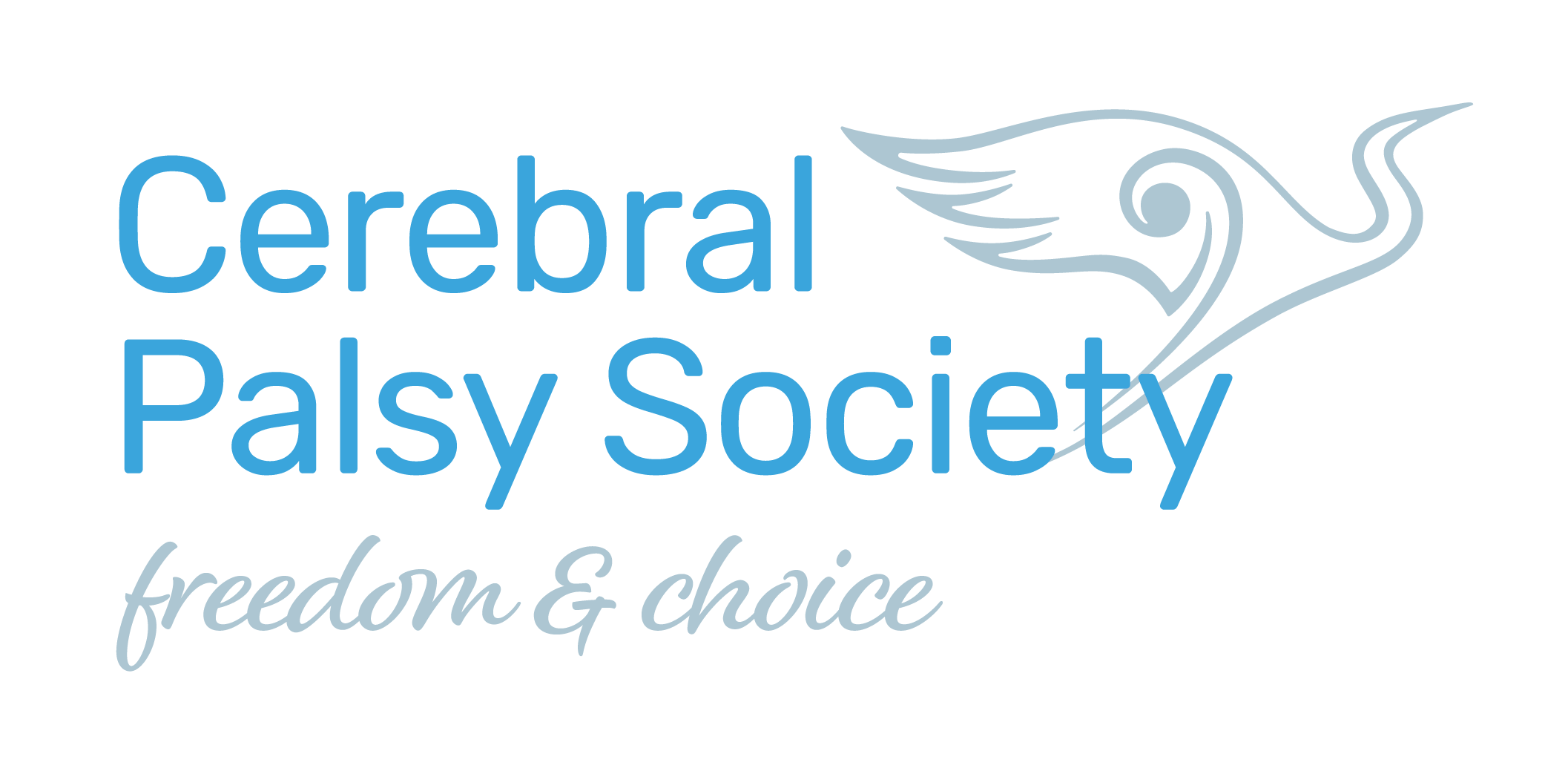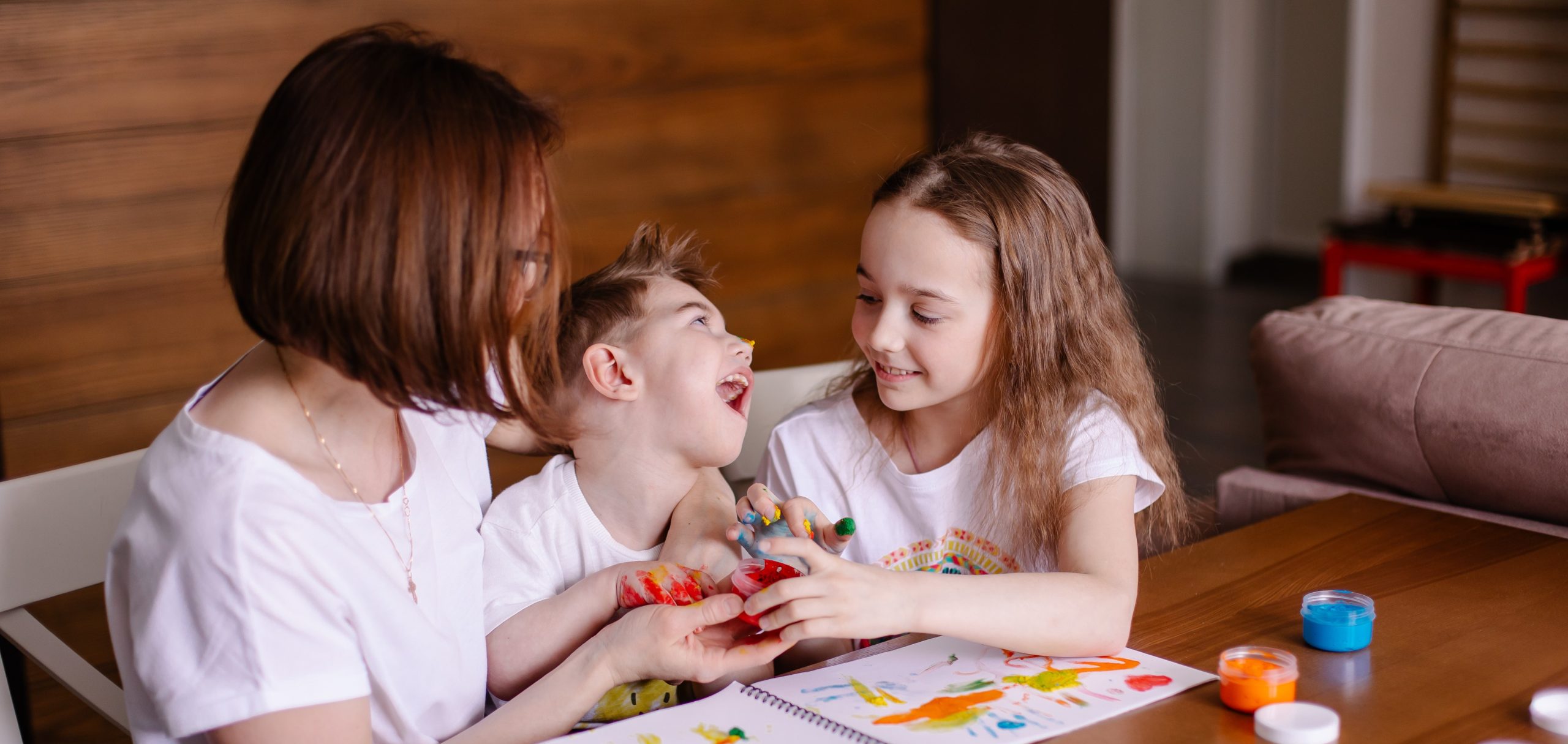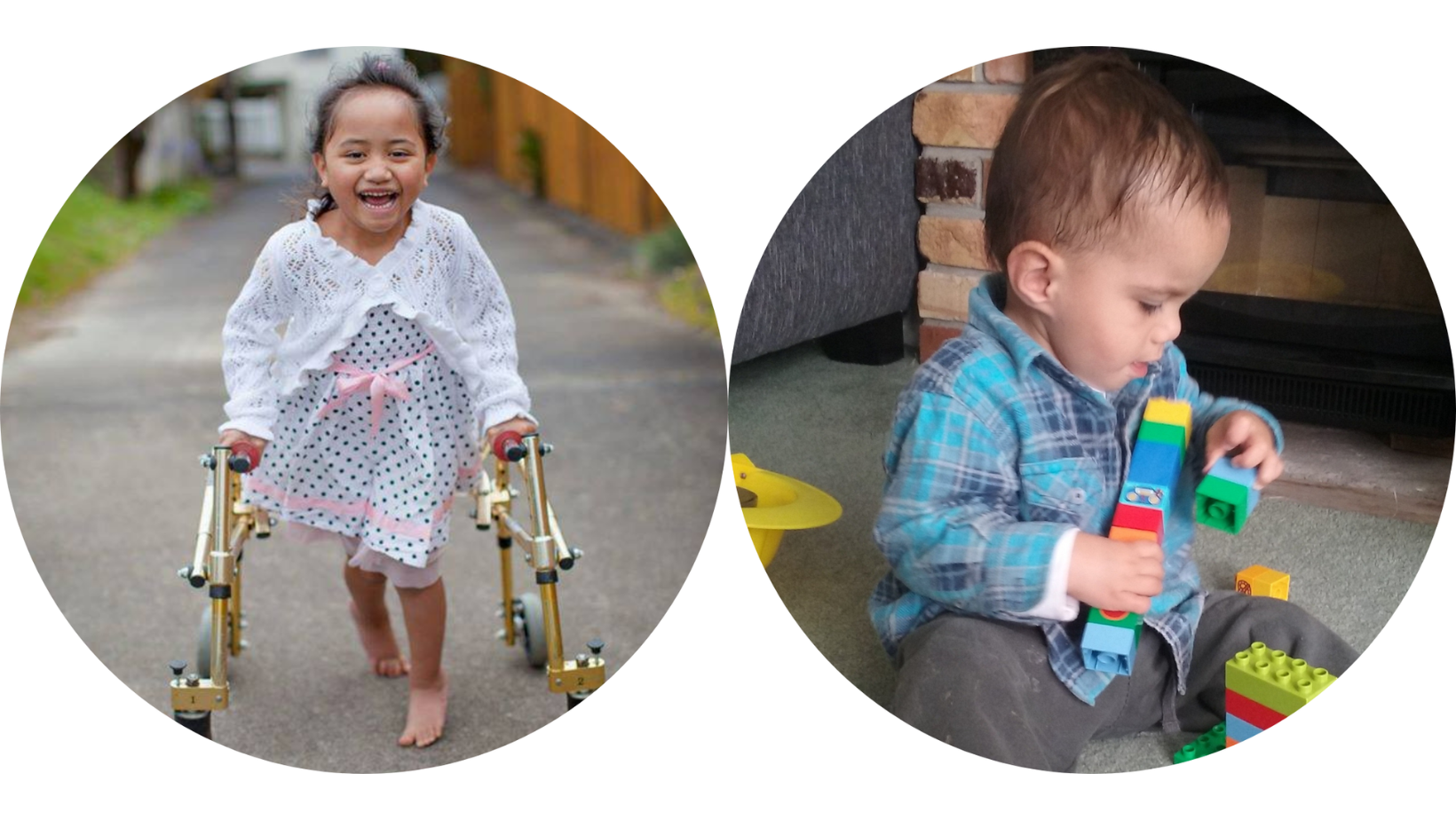The Early Years (0-5)
Chapter 2 – Cerebral Palsy – Hōkai Nukurangi: What is CP?
Key points:
- People with cerebral palsy (CP) can live happy and fulfilling lives.
- Your child with CP is unique.
- You can get support and information from other whānau with children with CP, organisations and health professionals.
- It can be very difficult for whānau waiting to find out how CP will impact their child’s movement.
What is CP?
CP is a lifelong condition and refers to a group of permanent conditions caused by damage or disturbance to the brain during development.
The way CP impacts your child’s movement, and posture (how they sit and stand) is different and can depend on when the brain damage occurred, and which parts of the brain are affected.
People living with CP can have difficulty with general movements, such as rolling and harder activities such as walking, balance and using their hands in everyday tasks.
People living with CP may have other medical conditions, including epilepsy, and/or difficulties with seeing, learning, or talking.
“Don’t place a ceiling to what the child might
achieve – every child is unique.”
– Family quote
What is the cause of CP?
- The disturbance or insult to the development of the infant brain mainly occurs during pregnancy, birth or very soon after birth (for approximately 9 out of 10 people with CP).
- The term CP also includes when the brain insult occurs later, after one month of age, up to two years of age (for approximately 1 out of 10 of people with CP).
- There is no one cause of all CP. There are many possible causes, risk factors and/or events that can lead to CP.
- Sometimes the exact cause leading to the damage is unknown.
- For all types of CP, the initial damage to the brain often stays the same. The impact of the physical changes can change for your child over time as they grow.
Getting a diagnosis of CP for your child – a pathway to diagnosis
The pathway to receiving a diagnosis of CP is different for everyone and sometimes may be challenging.
For some whānau there may be factors that indicate early on that their baby is at a high chance of having CP, for example being born very early or having a very low birth weight.
For other whānau delays in development milestones can be a sign to talk with your child’s health professionals.
Whānau have told us that while they were waiting to get a diagnosis for their child, they felt a lot of different emotions including relief, stress, anger, grief and uncertainty.
Currently in Aotearoa New Zealand most children get a diagnosis of CP before 2 years of age. Many whānau recognise much earlier that their child has different development needs.
Cerebral Palsy in Aotearoa New Zealand
- CP is the most common physical disability in childhood, occurring in approximately 1 in every 500-600 babies born in Aotearoa New Zealand.
- It is estimated that there are up to 10,000 people living with CP in Aotearoa New Zealand.
Key New Zealand sources of information on Cerebral Palsy
|
Organisation |
Information and website |
|
Kidshealth NZ
|
Information for New Zealand whānau about the health and wellbeing of children/Tamariki |
|
Healthify |
Service and resource information on living with CP in Aotearoa New Zealand – similar content to Kidshealth NZ |
|
Cerebral Palsy Society
|
A member-based organisation that works to enhance the lives of people with CP, by providing programmes, support and advice |
|
NZ Cerebral Palsy Register (NZCPR), Te Rēhita a Hōkai Nukurangi Aotearoa
|
Collates health information on CP in Aotearoa New Zealand for advocacy and research. Participation is voluntary |
“You don’t need to do or know everything at once.”
– Family quote
How does CP impact movement?
Your child’s CP can often be described in medical language by the parts of the body affected and the type of movement seen.
The focus at the time of diagnosis is also about looking at what your child can do in everyday activities, with the use of different functional classifications.
Function:
Functional classifications are used by health professionals to describe what your child can do and what they might find more challenging.
These functions are described in a range of classification systems for moving, hand use, seeing, eating, communicating and vision. All classifications use a Level I – V (1 – 5) scale where Level I means greater functional ability and Level V means less functional ability.
The classifications can help plan for your child’s health and education needs.
Examples include:
- The Gross Motor Functional Classification System (GMFCS) which looks at large movements, like rolling, crawling or walking
- The Manual Ability Classification System (MACS) which looks at fine motor movements of the hands and arms, like handling toys.
More information on each of these can be found by talking to your health provider or at: www.starship.org.nz/guidelines/classification-systems-for-cerebral-palsy
Overseas sites with CP information:
|
Organisation |
Information and website |
|
My CP Guide |
For people with lived experience of CP www.mycpguide.org.au
|
|
CP Alliance |
An organisation that provides therapy and supports research related to CP www.cerebralpalsy.org.au/cerebral-palsy
|
|
Canchild |
An organisation that supports research and innovation on CP |
|
CP Foundation |
Information for families, and health professionals
|
“Your child will grow and their needs change over time. It may look different in five years’ time than it does now.”
– Family quote





